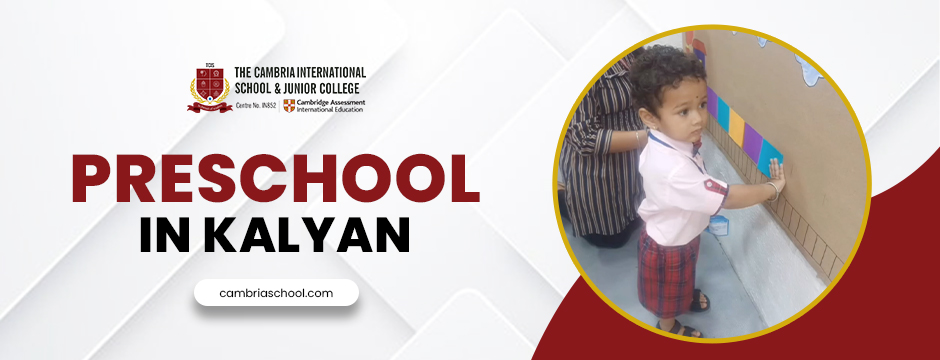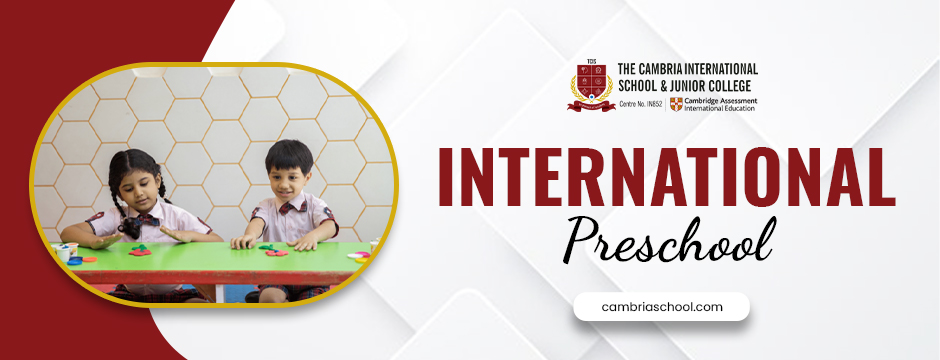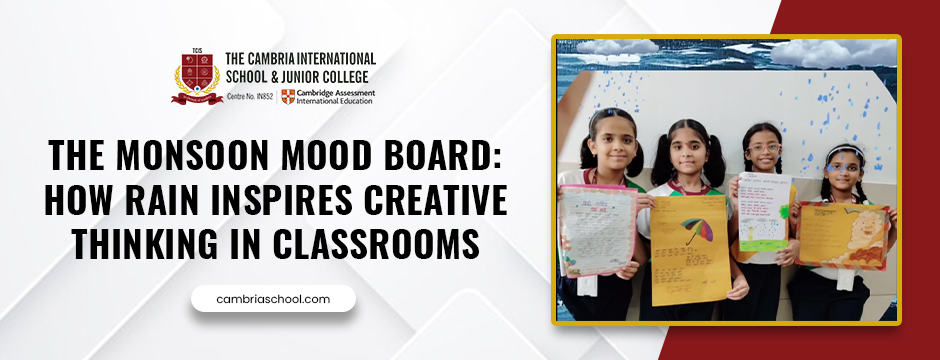The Monsoon Mood Board: How Rain Inspires Creative Thinking in Classrooms?
There’s something magical about the monsoon season—the earthy scent of fresh rain, the rhythmic tapping on windows, and the soft grey light that wraps everything in calm. For students and teachers, the monsoon can bring more than just relief from summer heat—it can spark a wave of creativity. Classrooms often come alive with new ideas when nature is in full bloom outside. The rain seems to open mental floodgates, allowing thoughts to flow more freely, and helping students think beyond textbooks.
In education, creativity is not just a nice-to-have skill; it’s a crucial part of developing problem-solving abilities, innovation, and self-expression. Interestingly, the monsoon season’s ambience often acts as an unspoken catalyst for these traits. The sound, smell, and sight of rain create a sensory-rich environment that stimulates the brain in unique ways. Whether it’s through art projects, storytelling, or scientific curiosity about weather patterns, rain can turn a regular school day into an inspiring creative session. This blog explores how monsoon weather impacts classroom creativity at Preschool in Kalyan, how educators can harness this seasonal magic, and why embracing nature’s influence can make learning more engaging and imaginative for young minds.

The Psychological Impact of Rain on Creativity
Rain has been shown to influence mood and thinking patterns. For many, it slows the pace of life, creating a reflective atmosphere. This slower pace allows students to process thoughts more deeply, often leading to better idea generation. The gentle sound of raindrops can act like white noise, reducing distractions and encouraging focused work.
In classrooms at International Preschool, this means students may feel calmer and more willing to experiment with creative tasks—be it writing a poem inspired by the monsoon, designing an art piece that captures the mood, or brainstorming solutions to a project in a more relaxed state of mind.
Using Monsoon as a Theme in Lessons
Teachers can take advantage of the monsoon mood by incorporating it into lesson plans. For example:
- Literature & Language Arts: Students can write rain-themed short stories, poems, or dialogues.
- Science: Lessons on the water cycle, weather forecasting, or the environmental impact of monsoons.
- Art: Painting rain-soaked landscapes, designing mood boards using natural materials like leaves, twigs, and petals.
- Music: Exploring rhythms that mimic the beat of rainfall or composing short rain-inspired pieces.
By connecting the season with academic content, teachers make learning more relatable and engaging.
Sensory Engagement and the Creative Brain
The monsoon season engages multiple senses at once—the sight of glistening greenery, the earthy scent of petrichor, the feel of cool winds, and the sound of rain. Sensory experiences are closely tied to memory and imagination. When students are exposed to rich sensory input, their brains form stronger creative associations.
Classrooms at Preschool in Kalyan can harness this by creating “monsoon corners” where students can interact with seasonal elements, like sketching leaves, writing nature journals, or even conducting simple experiments with rainwater.
Group Projects Inspired by the Season
The collaborative spirit thrives in the monsoon atmosphere. Group projects could include:
- Building a rainwater harvesting model.
- Creating a photo essay of monsoon life around the school.
- Organising a “Monsoon Festival” in school where each group contributes art, performances, and exhibitions inspired by rain.
Such activities not only fuel creativity but also strengthen teamwork and communication skills.
Emotional Expression Through Monsoon Creativity
Rain often stirs deep emotions—nostalgia, joy, romance, or even melancholy. Students can channel these emotions into creative work, helping them develop emotional intelligence. Teachers can use journaling sessions, mood boards, or storytelling circles to give students a safe outlet for expression.
By making room for emotional exploration, schools can help students connect learning with personal growth.
The Role of Teachers in Nurturing Seasonal Creativity
Teachers play a key role in transforming the monsoon ambience into a learning tool. They can:
- Encourage outdoor observation when safe, so students can experience nature firsthand.
- Integrate weather-related prompts into creative assignments.
- Provide flexible spaces for students to create without fear of making mistakes.
By embracing the rain’s influence instead of seeing it as a distraction, teachers at the international preschool near me foster an environment where creativity can flourish.

Technology Meets Nature: Digital Monsoon Projects
Even in the digital age, monsoon-inspired creativity can thrive. Students can create rain-themed digital art, edit short films with monsoon backdrops, or design multimedia presentations on climate patterns. Combining technology with seasonal inspiration gives students a modern platform to showcase their ideas.
Beyond Academics: Life Skills Through Monsoon Learning
Creative monsoon projects often teach skills beyond academics—problem-solving, empathy, observation, and adaptability in Preschool in Kalyan. Whether it’s figuring out how to conduct a photoshoot in the rain or working in groups to meet deadlines, students learn valuable real-world skills that will serve them in the future.
End Thoughts
The monsoon season is more than just a weather change—it’s a natural catalyst for creativity, curiosity, and collaboration in classrooms at Preschool in Kalyan. By aligning lesson plans, projects, and activities with the sensory and emotional richness of the season, educators can transform rainy days into vibrant opportunities for learning. Students not only absorb knowledge but also develop the confidence to express themselves, think independently, and work with others toward shared goals.
At The Cambria International School, such creative engagement is an integral part of the learning experience. Our school understands that education goes beyond textbooks, embracing seasonal themes to make lessons dynamic and memorable. Whether it’s through art, science, or interactive group projects, we ensure that students learn in ways that are both academically enriching and personally inspiring.

